There are still a large number of schools and classrooms that do not meet the demand for learning spaces.
According to the report of the Department of Education and Training, since the merger of Ba Ria - Vung Tau and Binh Duong, the network of schools and students from kindergarten to high school in Ho Chi Minh City has clearly shown its scale and quantity.

Scale and number of schools and students in Ho Chi Minh City after the merger
PHOTO: DEPARTMENT OF EDUCATION AND TRAINING
According to the Department of Education and Training of Ho Chi Minh City, although the number of schools is large, it is not commensurate with the development, and the current situation still has some shortcomings.
Specifically, the current number of schools and classrooms is still not enough to meet the demand for learning places for children of the right age, the number of students per class is still high, not guaranteed according to school regulations. The pressure and lack of learning places in each commune, ward, and special zone is not uniform, some places lack a lot of classrooms but some places have almost no or little demand. Especially in the areas and regions that are rapidly urbanizing, concentrating on export processing zones and industrial zones with high mechanical population growth rates.
The current number of classrooms is not enough to organize 2 teaching sessions/day according to the Ministry's prescribed ratio.
Many schools and classrooms have been built beyond their useful life and are increasingly degraded, or were built according to outdated standards that are no longer safe and do not meet the needs of use and the requirements of the current educational program.
It is estimated that more than 616 billion VND is needed to repair 3,253 classrooms.
According to the review and assessment of the Ho Chi Minh City Department of Education and Training, with the population growth rate and the requirement to ensure the rate of 2 sessions/day as prescribed, the need for investment in additional schools is increasing. The facilities and equipment that have been invested in are also inevitably degraded after the exploitation and use process. Although the City has always paid attention to investment, the demand is high, the budget is limited, the educational land fund is limited and there are many difficulties and problems in the implementation process, so the public school system has not developed in time to meet the desired expectations.
Teaching equipment at basic schools ensures the minimum equipment according to the regulations of the Ministry of Education and Training. However, with the requirements of applying information technology in teaching, educational equipment must be increasingly advanced to meet the cause of innovation, which are major obstacles and difficulties in ensuring the quantity and quality of the current state of educational equipment.
According to the review statistics carried out after the request of Chairman of the Ho Chi Minh City People's Committee Nguyen Van Duoc, the results show that the number of classrooms and subject rooms needing repair accounts for a large proportion: 1,370 at primary school level, 1,038 at secondary school level, and 845 at preschool level, with a total estimated cost of more than 616 billion VND.
In particular, there are about 125 schools with seriously degraded construction items that pose a safety risk to students and teachers (preschool: 40; primary school: 53; secondary school: 29).
The main reason is that these items were built a long time ago, past their useful life (over 20 years), so they are severely degraded, small repairs are ineffective, and waste investment capital.

Image of Vinh Tan Primary School, using old desks and chairs (used since 2003) and some old classrooms (built since 1997) recorded at the beginning of the new school year
PHOTO: DO TRUONG
Department of Education and Training proposed solutions
Faced with the above situation, Mr. Nguyen Van Hieu, Director of the Department of Education and Training of Ho Chi Minh City, proposed that for degraded items that can be repaired to maintain their lifespan, the City should consider providing additional funding to communes, wards, and special zones to continue to conduct a comprehensive assessment of the level of degradation of the works, focusing on advising specialized units to act as investors to organize bidding to select units to implement appropriate and timely solutions and repair and maintenance plans to ensure the quality of the works. At the same time, assign responsibility to educational institutions to regularly perform periodic maintenance to avoid degradation.
For seriously degraded construction projects that pose a risk of insecurity, the City proposes that communes, wards, and special economic zones proactively prepare proposals to report to the Department of Finance on investment needs for replacement construction, major repairs, and reinforcement of existing projects to submit to competent authorities for consideration of budget allocation for early implementation to ensure safety for students and teachers...
Source: https://thanhnien.vn/125-truong-hoc-tphcm-co-hang-muc-xuong-cap-nghiem-trong-nguy-co-gay-mat-an-toan-185251010162022938.htm










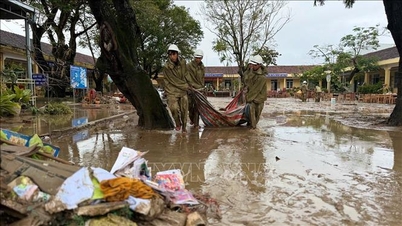



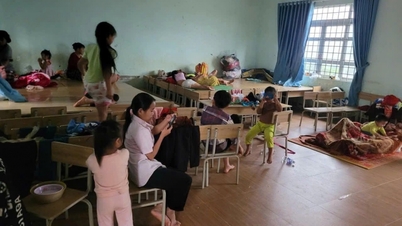







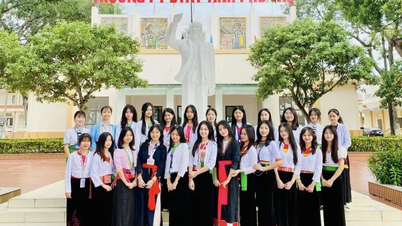
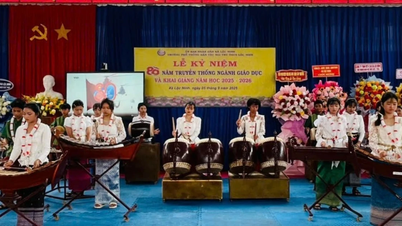
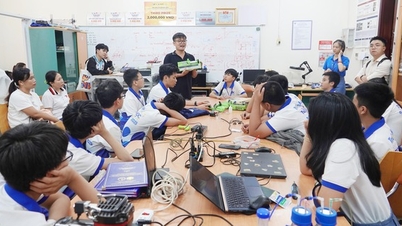

















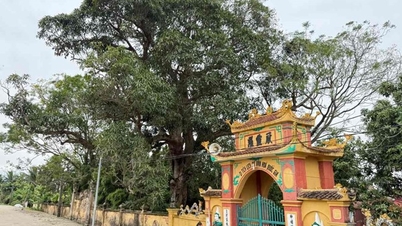







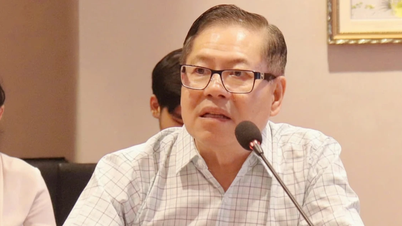

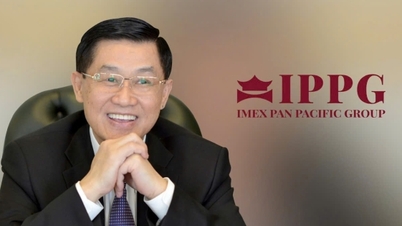



















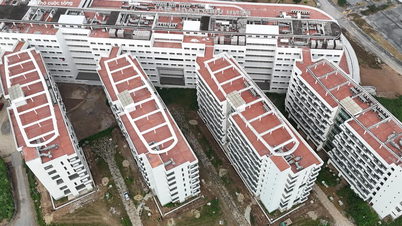
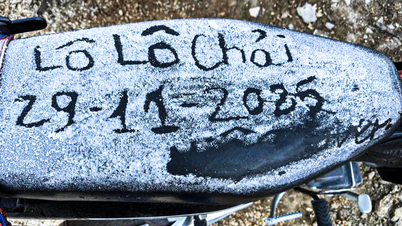





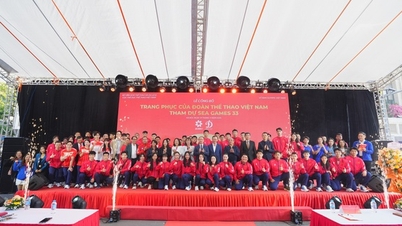





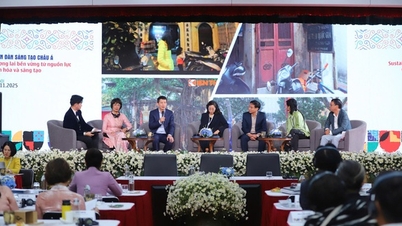
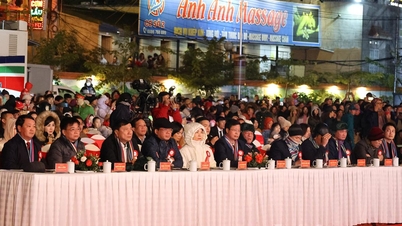






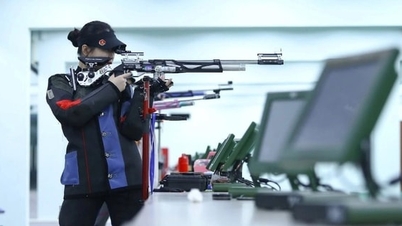

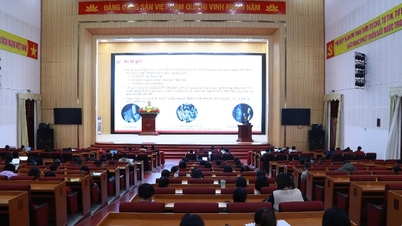












Comment (0)